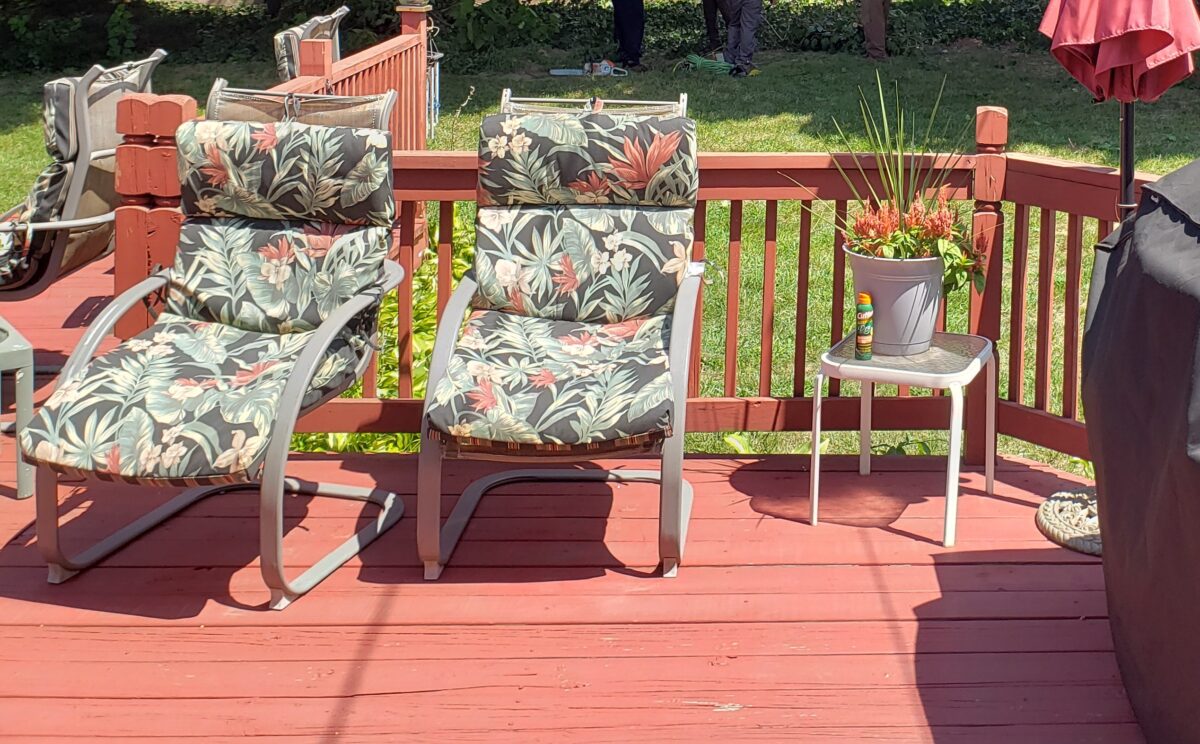By Sheila Ferguson
Overexposure to the ultraviolet sun rays is a serious health risk, no matter an individual’s skin tone.
Life-threatening cancers, like melanoma, have been linked to lack of protection from UV rays, so taking the time to understand how to protect oneself from harmful UV rays is key to being able to enjoy the summer sun without harming one’s health.
Practicing regular UV ray protection methods is highly effective in preventing overexposure and skin cancer, according to widely accepted scientific and medical research from organizations like the American Cancer Society (ACS), the World Health Organization (WHO), the Centers for Disease Control and Prevention (CDC) and the National Cancer Institute (NCI).
Cleveland’s Summer Forecast
Cleveland is poised for a sweltering summer with a forecasted 15 to 20 days with temperatures reaching 90 degrees or higher, according to local weather experts and news broadcasts. It is recommended to avoid the sun between 10 a.m. to 4 p.m. and to wear a hat and sunscreen while outdoors to protect against harmful UV exposure.
Although the impact of overexposure to UV rays may not be immediately felt physically, the damage caused, when protection measures are not practiced, is still real and dangerous.
One Man’s Story
In a recent interview with The Cleveland Observer, Len Dawes, a landscaper with 30 years of experience, shared the importance of protecting oneself from UV rays to prevent skin cancer.
Last summer, Dawes’ barber noticed irregular spots on his scalp and urged him to get a melanoma check. Dawes took action and had a check-up. A biopsy was completed and he received a diagnosis of stage 3 melanoma.
“I am grateful to be alive. Radiation and immunotherapy saved me. I have learned much from my doctor and the American Cancer Association to pass on to others,” Dawes said, a year after the visit with his barber and subsequent diagnosis.
UV Radiation and Melanoma
Melanoma is a serious form of skin cancer that develops in the cells (melanocytes) responsible for producing melanin, the pigment that gives skin, eyes, and hair its color.
Melanoma is often caused by overexposure to ultra UV radiation from sunlight or tanning beds and can spread to other parts of the body if not detected and treated early.
UV rays can cause direct DNA damage in skin cells. When the DNA in skin cells is damaged, it can lead to mutations that disrupt normal cell function and growth, potentially causing cells to become cancerous.
Experiencing frequent sunburns, especially blistering sunburns in childhood or adolescence, significantly increases the risk of developing melanoma later in life.
Both intermittent intense sun exposure (like during beach vacations) and chronic sun exposure (such as in outdoor workers) can contribute to melanoma risk.
However, intense, intermittent exposure appears to be more strongly associated with melanoma.
Tanning beds and lamps are also sources of UV radiation. The use of tanning beds, particularly before the age of 30, has also been shown to significantly increase the risk of melanoma.
In 2023, the CDC reported approximately 97,610 new cases of melanoma in the U.S., which led to an estimated 7,990 deaths. Melanomas comprise about 1% of skin cancers, according to the American Cancer Society, however, melanomas cause the most skin cancer related deaths.
It is essential to remember that melanoma can affect all skin tones; and for those with darker skin tones, melanomas can be more hidden, in places like, under fingernails or toenails, on the palms of the hands, or on the soles of the feet, according to current research.
Late cancer detection can lead to death
Protection is Prevention: Here’s What You Can Do This Summer
Based on the guidance from the CDC, WHO, ACS, and NCI, the following preventative measures are aimed at reducing overexposure and the risk of skin cancers like melanoma:
Use sunscreen. Apply broad-spectrum sunscreen with an SPF of at least 30 and reapply every two hours, or more often if swimming or sweating
Wear protective clothing, like long sleeved shirts,long pants, and wide-brimmed hats and use sunglasses with UV protection to shield your eyes.
Stay in the shade, especially during midday hours (10 a.m. to 4 p.m.) when UV rays are strongest.Don’t use tanning beds and lamps, which emit harmful UV radiation.
Check the daily UV index, which provides important information on the strength of UV radiation in your area.
Use extra caution when near water, snow or sand because these surfaces reflect and intensify UV rays, increasing the risk of sunburn.
Ensure that children are well-protected from the sun with appropriate clothing, sunscreen, and shade.
Perform regular skin self-exams to detect any new or changing moles or spots, like Len Dawes, and see a healthcare professional for routine skin checks and if any skin abnormalities develop.
Dr. Sheila Ferguson’s published literary works span the realm of scholarly writing and technical writing to playwriting, memoirs and creative non-fiction.





